Flashback Friday - The Callings of Nella Larsen
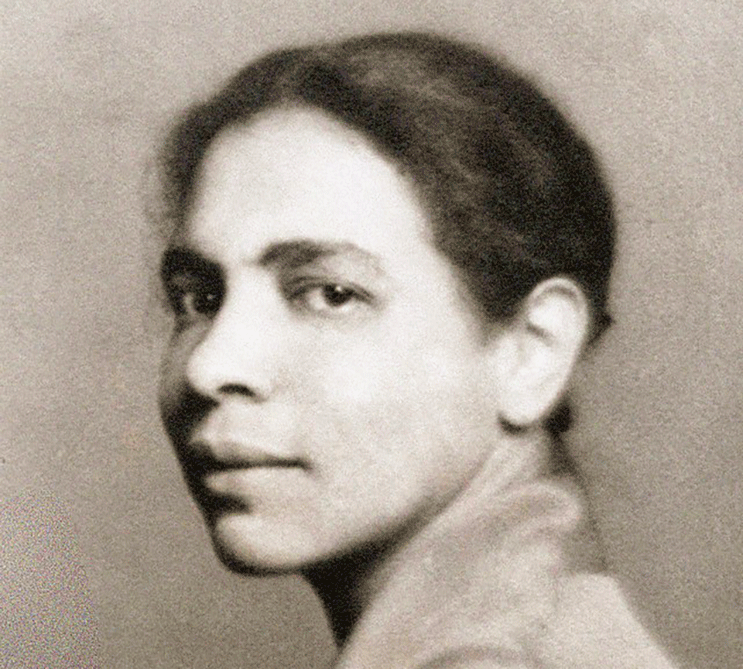
Stop by the UVA Library’s current exhibition, “Their World As Big As They Made It: Looking Back at the Harlem Renaissance,” and you will see featured well-known writers and artists of that era—Langston Hughes, W.E.B. Du Bois, Zora Neale Hurston, James Weldon Johnson. You’ll also find a nurse in the crowd: Nella Larsen. She published two novels in the late 1920s to critical acclaim before her literary career halted as swiftly as it had taken wing.
Larsen worked as a nurse before and after her period of literary stardom. She made a mark in both spheres. But most narratives about her life treat her nursing as a separate identity—or mere bookends to her creative pursuits—to the extent that she is described as having “disappeared” or “surrendered” when she resumed the profession in the early 1940s. Yet nursing informed her writing, particularly her first novel, Quicksand, and, in a peculiar way, played a tangential role in a plagiarism scandal that later embroiled her.
One wonders about the habits of mind that informed her fiction. Her biographer, George Hutchinson, draws on the influence of her training as a nurse, and the necessity of learning the arts of perception.
Nursing was one of the few avenues open to Larsen when she enrolled in Lincoln Hospital School of Nursing in New York City in 1912. She was educated, having attended Fiske University for a year, and she was of mixed race (her mother was white and Danish, her father Black and from the Danish West Indies). The racialized structure of the labor market at that time “welcomed African American women as domestic servants, but had few places for those who wanted work that drew on their education,” notes Patricia D’Antonio in American Nursing: A History of Knowledge, Authority, and the Meaning of Work.
Larsen graduated in 1915, and, within months, was appointed assistant superintendent of Lincoln’s nursing training school. She then took a prestigious position as head nurse at Tuskegee Institute Hospital in Alabama, but returned to New York City after a stifling, deeply unhappy year. In Quicksand, her award-winning 1928 novel, the protagonist teaches at a fictional Southern Black college that resembles Tuskegee Institute. Like Larsen, she is biracial and an outsider, caught between cultures and searching for her identity.
By the time Larsen appeared on the literary scene, she had witnessed things she probably chose never to describe, having served on the front lines of the deadly influenza pandemic of 1918 as a public health nurse with the New York City Health Department. As a Black nurse in the Bronx, whose population was mostly white, she faced countless challenges. By all accounts, though, she gained the community’s trust and proved very effective in her job.
One wonders about the habits of mind that informed her fiction. Her biographer, George Hutchinson, draws on the influence of her training as a nurse, and the necessity of learning the arts of perception. “The distinguishing qualities of the nurse were her nearly instinctive habits of observation, her finely tuned awareness of the conditions in a ward, and her ability to read each patient’s mental and physical state,” he writes in In Search of Nella Larsen: A Biography of the Color Line.
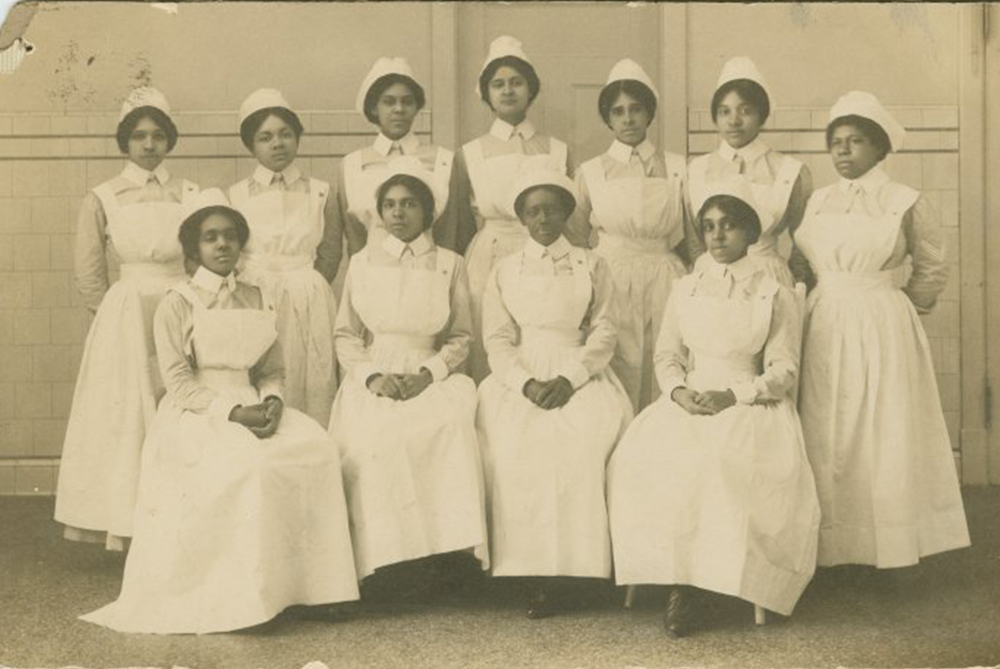
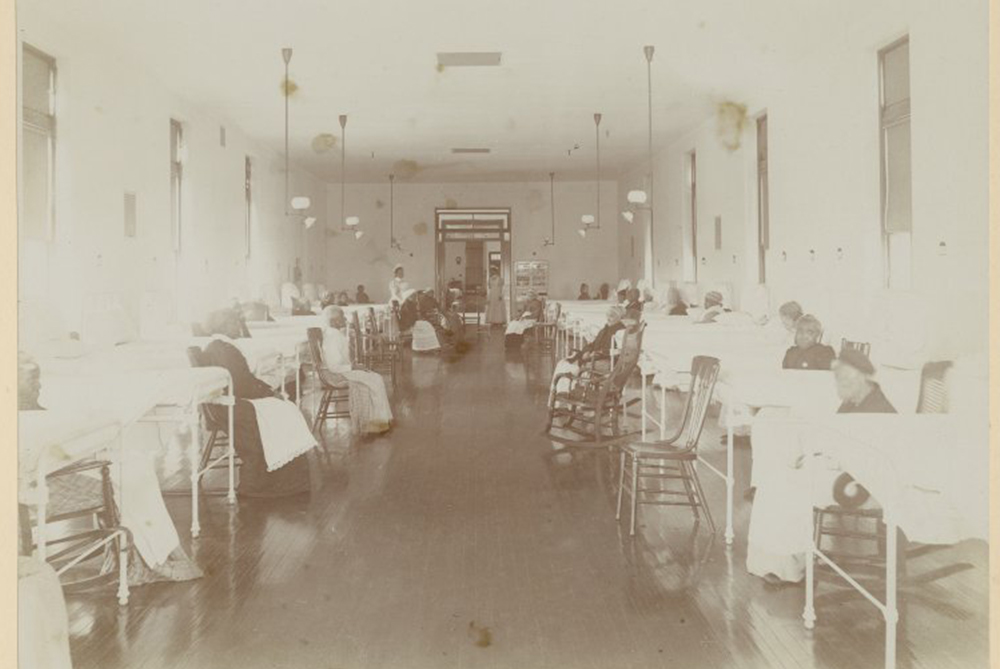
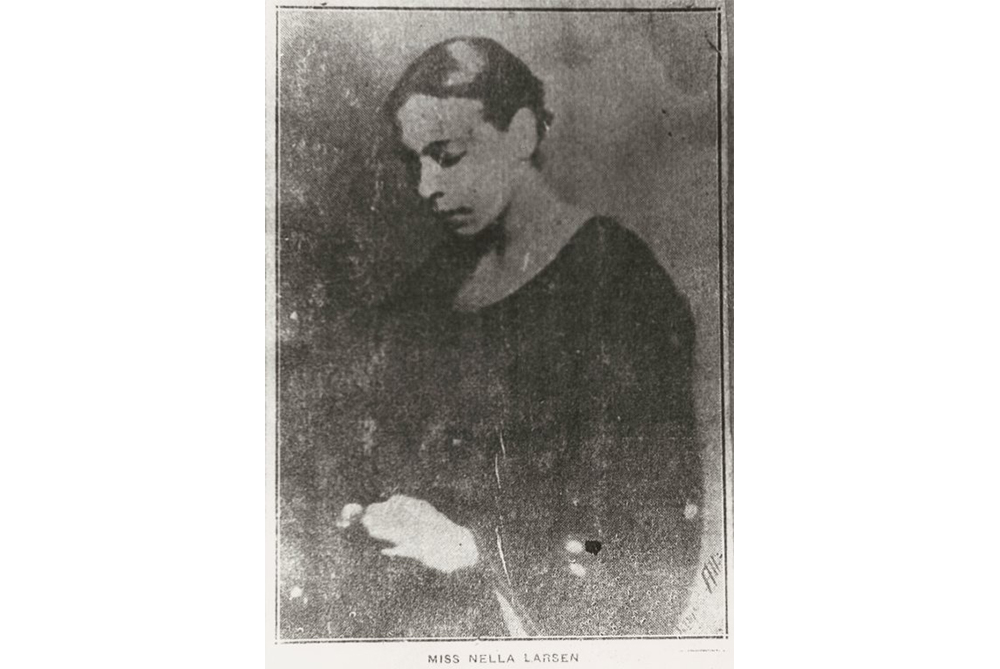
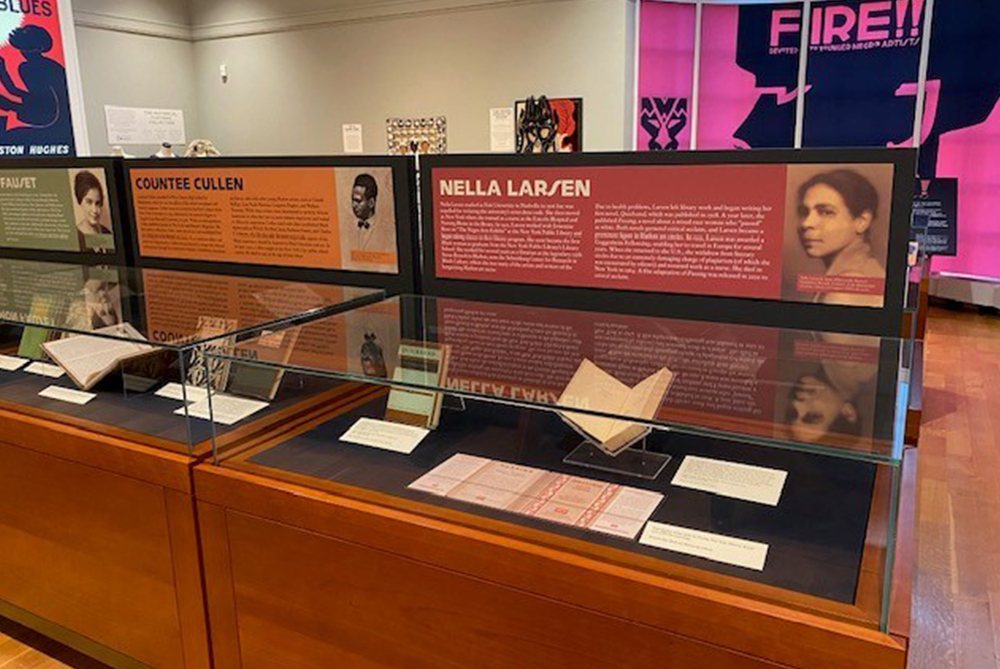
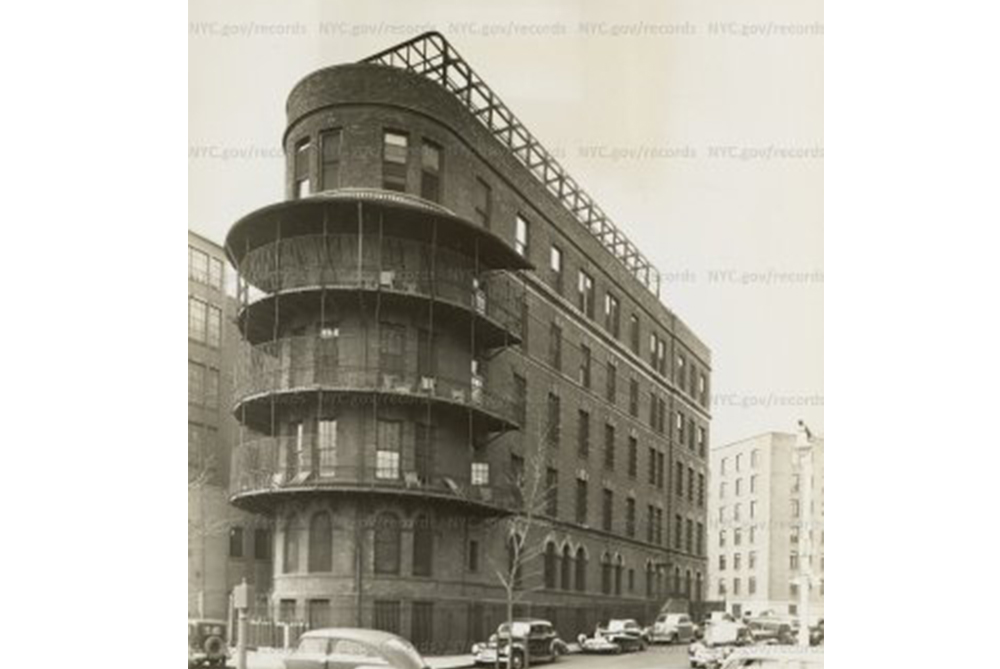
In 1919, newly married to a brilliant Black physicist named Elmer Imes, Larsen moved to Harlem and her social world widened. She also left nursing—for a time, anyhow—and graduated from the library school at New York Public Library, the first Black woman to do so. She met many of the individuals who became synonymous with the Harlem Renaissance while working as a librarian at the 135th Street Branch in Harlem (now the Schomberg Center for Research in Black Culture) during the 1920s.
A year after Quicksand, Larsen published a second novel, Passing, to equal acclaim. Then, in 1930, she was accused of plagiarism. It was said that her short story, “Sanctuary,” which appeared in the journal Forum, bore many similarities to a story published in 1922 by English writer Sheila Kaye-Smith. Larsen was exonerated by her editors, but the scandal never quite died. She said it was based on a tale she heard as a student nurse. Her letter of explanation in the Forum is equally revelatory about the racialized power dynamics on the wards:
“The story is one that was told to me by an old Negro woman who, in my nursing days, was an inmate of Lincoln Hospital and Home, East 141st Street, New York City. Her name was Christophe or Christopher. That was sometime during the years from 1912-1915. All the doctors and executives in this institution were white. All the nurses were Negroes. As in any other hospital, all infractions of rules and instances of neglect of duty were reported to and dealt with by the superintendent of nurses, who was white. It used to distress the old folk—Mrs. Christopher in particular—that we Negro nurses often had to tell things about each other to the white people. Her oft-repeated convictions were that if the Negro race would only stick together, we might get somewhere some day, and that what the white folks didn't know about us wouldn't hurt us. All this used to amuse me until she told some of us about the death of her husband, who, she said, had been killed by a young Negro, and the killer had come to her for hiding without knowing whom he had killed. When the officers of the law arrived and she learned about her man, she still shielded the slayer, because, she told us, she intended to deal with him herself afterwards without any interference from ‘white folks.’
For some fifteen years I believed this story absolutely and entertained a kind of admiring pity for the old woman. But lately, in talking it over with Negroes, I find that the tale is so old and so well known that it is almost folklore. It has many variations: sometimes it is a woman's brother, husband, son, lover, preacher, beloved master, or even her father, mother, sister, or daughter who is killed. A Negro sociologist tells me that there are literally hundreds of these stories. Anyone could have written it up at any time.”
It’s generally accepted that the controversy ended her literary career—yet she received a Guggenheim fellowship soon after, the first Black woman to receive this distinguished award. After a year or two traveling in Europe, Larsen wrote a third novel in the early 1930s that was rejected by her publisher. She never published again.
Larsen and Imes divorced in 1937 and a generous alimony settlement gave her financial security. When he died in 1941 and those checks ceased, she emerged from a period of withdrawal and estrangement from old friends and returned to nursing. She worked at Gouverneur Hospital on the Lower East Side, which served some of the city’s poorest residents. And despite a professional hiatus of 20-plus years, she rapidly rose to the top. Larsen was promoted to chief nurse within a year and given one of the highest raises in the hospital. “For the rest of her life, her abilities were recognized and she pulled down top salaries by city hospital nursing standards,” writes Huchinson. “She also found the work rewarding.”
Reticent about her past, Larsen told very few colleagues at Gouverneur that she had been a well-known novelist. Did she continue to write, letting stories accumulate in a bureau drawer? Her personal papers were apparently lost. Perhaps one day something will resurface.
Nursing evidently gave her much more than an economic lifeline. When she was forced into retirement in 1963—having been “found out” to be 72—she slipped into a deep depression. She died of a heart attack less than a year later, on March 30, 1964. About 40 people gathered at her funeral service. Nearly all of them were nurses.
###
Today’s #FlashbackFriday is brought to you by the Bjoring Center for Nursing Historical Inquiry.
